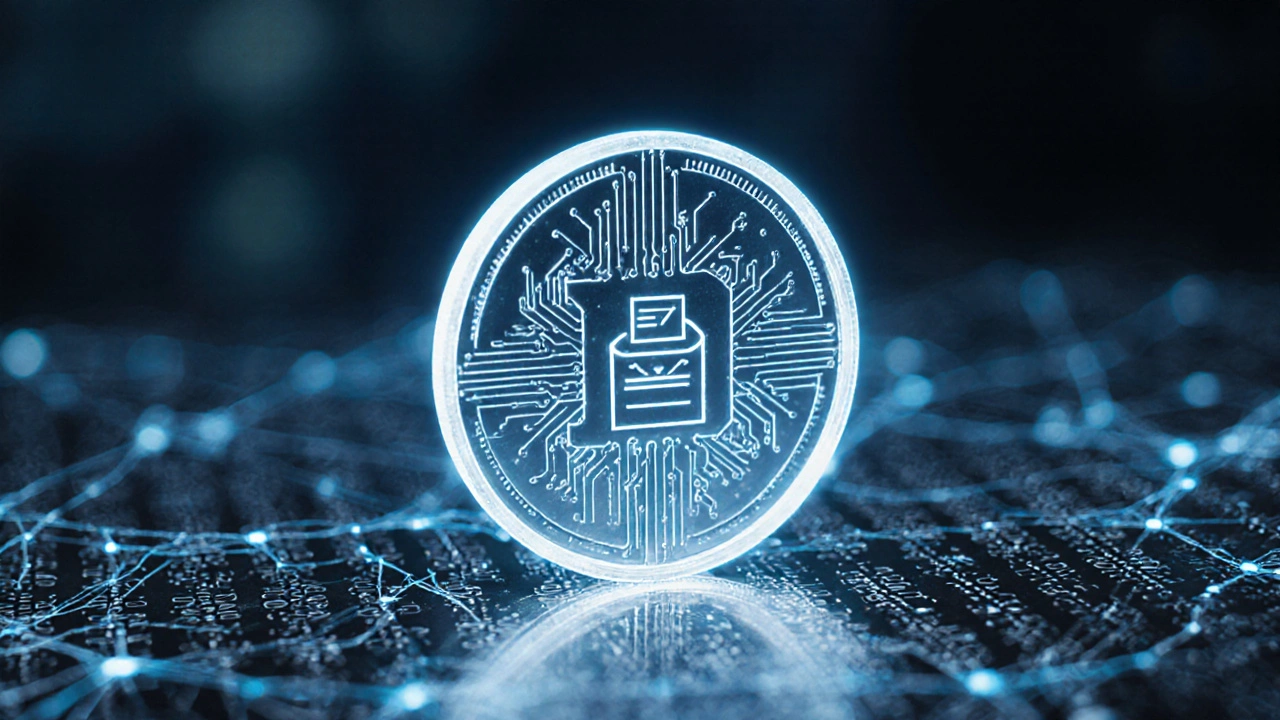Governance Tokens
When working with governance tokens, digital assets that grant holders voting power over a blockchain protocol. Also known as gov tokens, they let communities steer development, treasury use, and policy changes. Governance tokens are the core of decentralized decision making and directly link economic stake to influence.
One key piece of the puzzle is token vesting, a schedule that releases tokens to founders, investors, or contributors over time. Token vesting affects the distribution of governance tokens, shaping who can vote and when. Projects often combine vesting with blockchain, the immutable ledger that records every transaction and vote, to ensure transparency and prevent sudden power shifts.
The voting process itself relies on smart contracts, self‑executing code that enforces rules without a middle‑man. Smart contracts enforce voting outcomes automatically, turning community decisions into on‑chain actions. This setup creates a clear chain: governance tokens enable voting, token vesting determines token supply, blockchain records each vote, and smart contracts execute the result.
Why Governance Tokens Matter Today
In decentralized finance, governance tokens are more than hype; they serve as a practical tool for aligning incentives. Holders can propose upgrades, allocate treasury funds, or adjust fee structures. Because the voting power is proportional to token holdings, the community can react quickly to market shifts, regulatory changes, or security threats. This dynamic makes protocols more adaptable than traditional, centrally‑run platforms.
Another important angle is token economics. When a project issues governance tokens, it must balance supply, utility, and price stability. Too many tokens can dilute voting power, while too few may concentrate control. Token vesting schedules help smooth this balance, releasing tokens gradually to avoid market shocks. Meanwhile, blockchain analytics let participants track voting patterns and token flows, adding another layer of accountability.
Real‑world examples illustrate these concepts. Some DeFi platforms lock voting rights behind a minimum token threshold, ensuring only serious participants influence key decisions. Others tie voting weight to the length of token holding, rewarding long‑term supporters. These variations show how governance tokens can be customized to fit a project's goals and community culture.
Looking ahead, expect governance tokens to intersect with emerging tech like layer‑2 scaling solutions and cross‑chain bridges. As these tools reduce transaction costs, more frequent and granular votes become feasible. Smart contracts will grow smarter, handling complex conditional proposals without manual oversight.
Below you’ll find a curated set of articles that dive deeper into each of these topics—from token vesting mechanics to blockchain security, from smart contract design to voting strategy. Whether you’re new to governance tokens or looking to refine your DAO’s process, the resources ahead will give you concrete insights and actionable steps.
Understanding Governance Tokens in Blockchain: How They Work and Why They Matter
- Lorcan Sterling
- 0 Comments
Learn how governance tokens work in blockchain, from voting mechanics and tokenomics to real‑world examples and risks, and discover how to start participating.
Read more

